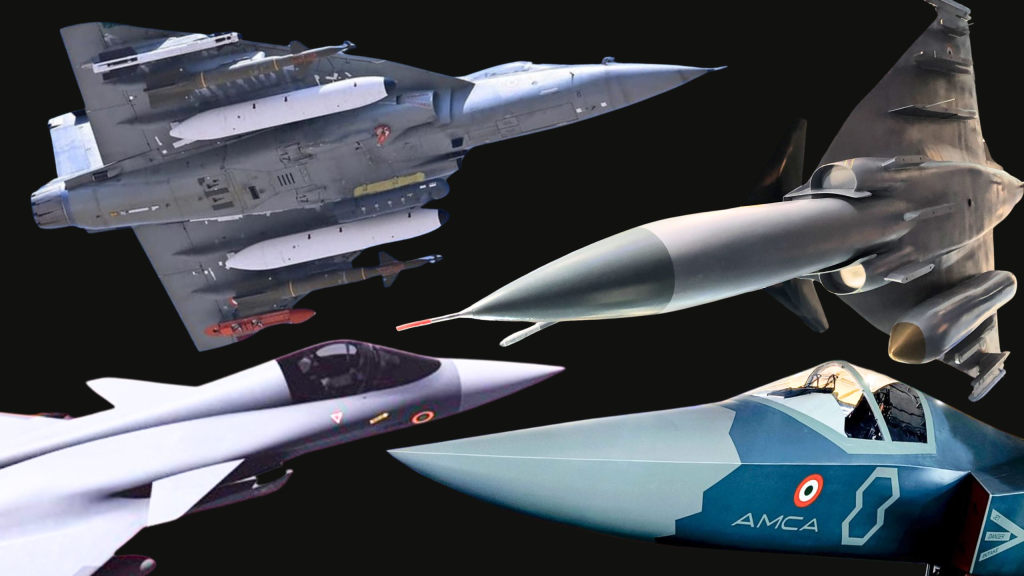
As the Indian Air Force juggles the pressures of sub-optimal fighter squadron numbers and a looming decision on imports, much-needed official timeline clarity in India’s multiple homegrown fighter aircraft programs emerged today. In a presentation by the Aeronautical Development Agency (ADA), a consortium of laboratories that spearhead all of India’s crewed fighter programs.
The presentation provides the first detailed roadmap in years of India’s indigenous combat aircraft development projects spanning the years from 2013 to beyond 2042. It highlights key milestones, sanctioned projects, and operational timelines for aircraft programs that are integral to India’s defence modernisation plan. Right off the bat, it seems clear that the timelines projected will necessitate quick forward movement on the Indian Air Force’s MRFA (multirole fighter aircraft) contest, a quest to choose a foreign fighter, buy some of them off the shelf and build the rest in India for a total of 114 airframes.
First, a quick summary of the updated timelines released by the ADA this week:
LCA Tejas Mk1: 36 of 40 aircraft delivered between 2013-2024
LCA Tejas Mk1A: 83 aircraft to be delivered between 2024-2029 (+97 more awaiting order clearance)
LCA Mk2: 120 aircraft to be delivered 2028-2035
AMCA: 120 aircraft to be delivered starting 2036
TEDBF: To begin deliveries starting 2038

The aircraft listed are categorised by different generations based on their technological sophistication:
• 4th Generation: Representing early modern combat jets with advanced avionics and capabilities — the Tejas Mk1 and Mk1A
• 4++ Generation: A bridge generation with enhanced radar and weapons systems — the LCA Mk2
• 5th Generation: Aircraft with advanced stealth features, superior sensors, AI and more — the AMCA and TEDBF
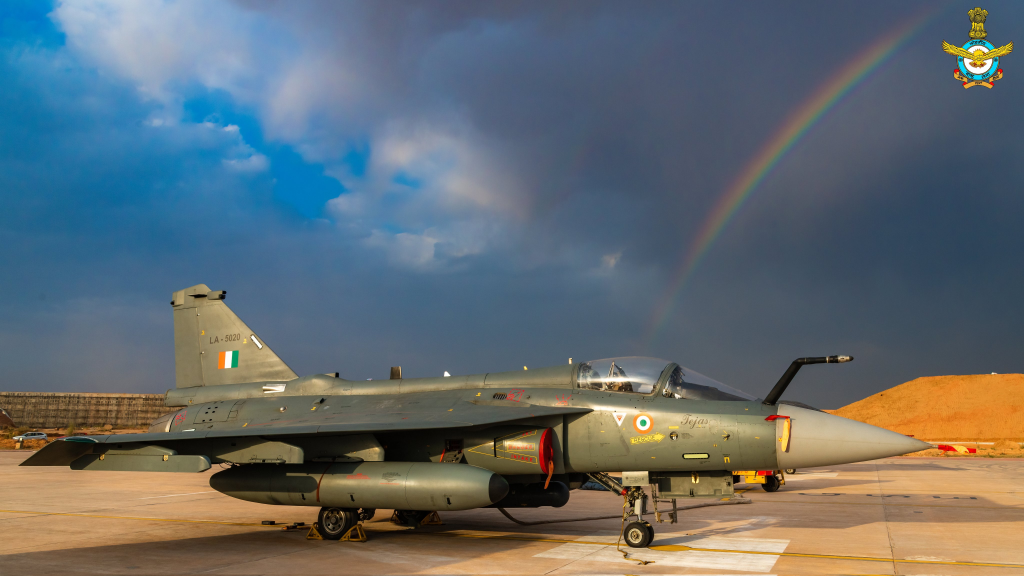
LCA AF Mk1 (2016-2024)
• Delivery Progress: 36 out of 40 aircraft have already been delivered. The last four, all trainers, should enter service soon.
• Role: The LCA AF Mk1 serves as India’s initial foray into indigenous modern fighter jet production. Equipped with modern avionics, radar, and weapons, it is currently operational within the Indian Air Force in 2 squadrons based out of Sulur, Tamil Nadu.
• Significance: Sets the stage for future upgrades and improvements in India’s light combat capabilities.
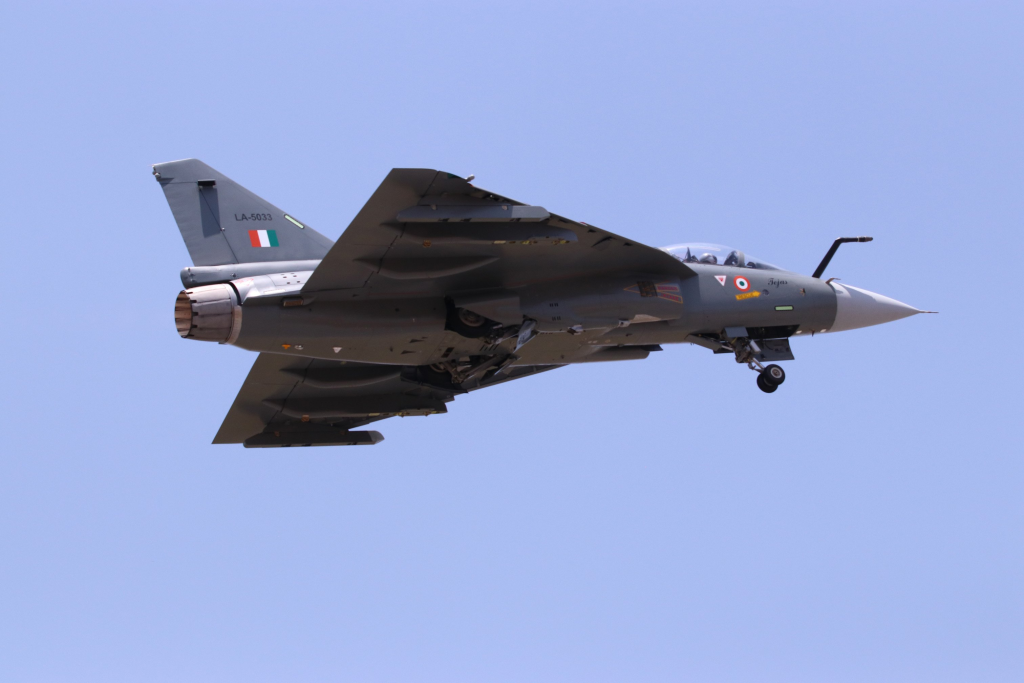
LCA AF Mk1A (2024-2029)
• Aircraft Count: 83 units ordered, with an additional 97 pending after AoN (Acceptance of Necessity).
• Upgrades: Features major improvements over the Mk1 variant, including enhanced radar, avionics, weapons-carrying capability, maintainability and more. This is closer to the ‘ideal’ Tejas the IAF had wanted, and therefore the healthy order numbers. Deliveries are running a year or more late thanks to delays in the delivery of American GE F404 turbofan engines, something that India has no control over, but will almost definitely come up when Indian Prime Minister Narendra Modi meets President Donald Trump later this week. HAL sources tell Livefist that engine deliveries are set to begin in March, with at least five Mk1A airframes to be delivered to the IAF by the end of April.
• Purpose: Designed to serve as a workhorse for the Indian Air Force, providing robust multi-role performance for air defense and ground strike missions
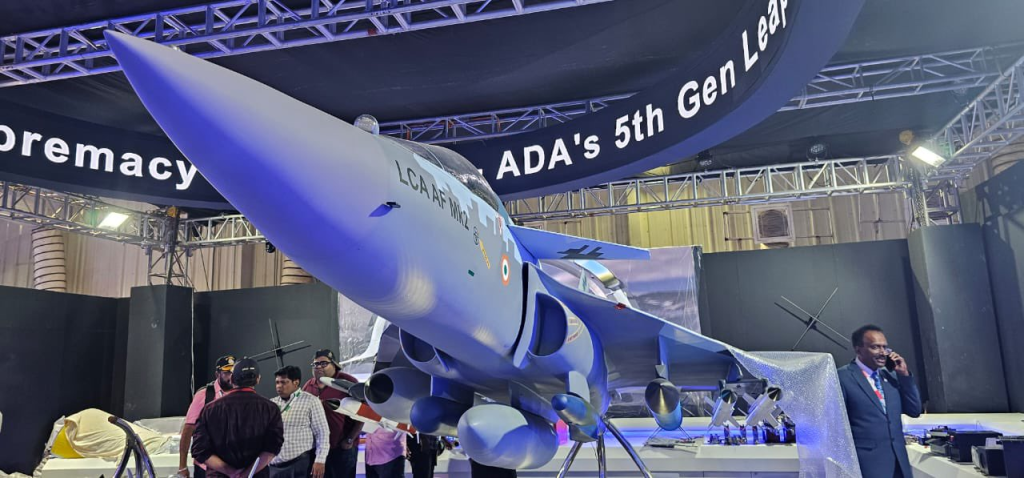
LCA AF Mk2 (2028-2035)
• Aircraft Count: 120 units planned.
• Technological Evolution: This marks a significant upgrade over the previous versions, with improvements in engine power, radar systems, and extended range. The Mk2 will be powered by the GE F414 engine, to be assembled in India by HAL, a deal currently being negotiated.
• Strategic Role: Positioned as a more versatile fighter to bridge the gap between light combat aircraft and larger platforms.
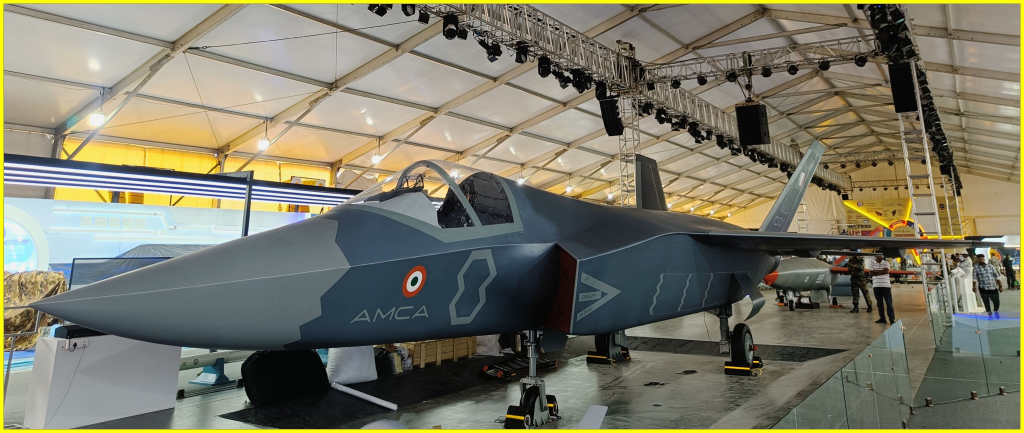
AMCA (Advanced Medium Combat Aircraft) (2036 Onwards)
• Aircraft Count: 120 units projected.
• 5th Generation Fighter: India’s leap into next-generation stealth technology. The AMCA will feature advanced stealth coatings, internal weapons bays, new architecture, network centric tech, the use of AI, MUM-T, next generation AESA radars and more.
• Importance: This project signifies India’s self-reliance in developing advanced, stealth fighters at a time when China has the J-20 in active service, a second fifth generation in flight trials and at least two so-called ‘sixth generation’ demonstrators in the air.

TEDBF (Twin Engine Deck Based Fighter) (2038 Onwards)
• Naval Role: Designed for operations from aircraft carriers to replace the aging MiG-29Ks. India’s first purpose-built naval fighter.
• Technological Features: Twin engines for reliability, stealth design and features adapted for maritime combat environments.
• Strategic Context: A critical part of India’s naval aviation, ensuring robust maritime air dominance. Will populate squadrons in the wake of the 26 Rafale M fighters that India is about to order.
The roadmap provides much needed clarity on timelines, but also makes it abundantly clear that the IAF will have to push forward aggressively with the MRFA program if it is to arrest dwindling combat aircraft numbers. Imports aside, the timeline at the very least comes as reassurance that the programs are on track.
The obvious question, and one that’s never impertinent to ask, is if these stated timelines will hold. It is likely the very little elbow room the IAF has in terms of time, pressure from the neighbourbood and the rapid advanced being purportedly made by China (and therefore Pakistan), that Russia is openly flexing its Su-57 Felon stealth fighter at the Aero India show — a push that should have been considered unthinkable, given that India walked out of one iteration of the project that spawned that same fighter. The stated timelines would also demand near perfect execution in order to keep the IAF on track to fulfilling its squadron accretion struggles.
What’s clear is that the Indian Air Force will be making quick and aggressive calculations. A Defence Secretary-led Committee formed recently to evolve an action plan is expected to submit its recommendations soon. There will be no time to lose.

Why can’t MRFA proposal be limited to 36 more Rafales, and the private sector be roped in to augment assembly of Tejas Mk1A and Mk2 ? The money saved in not importing balance 78 MRFA can be used to incentivize the private sector.